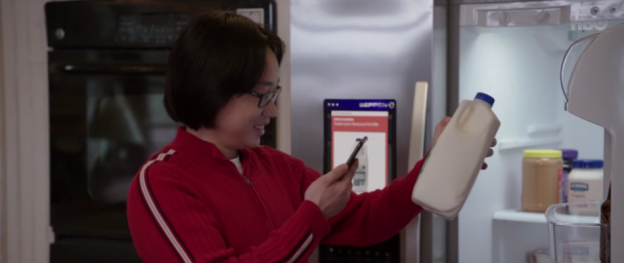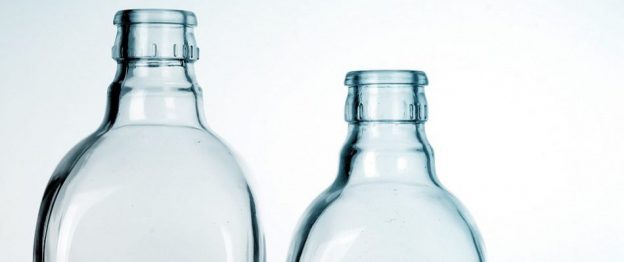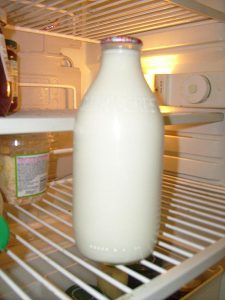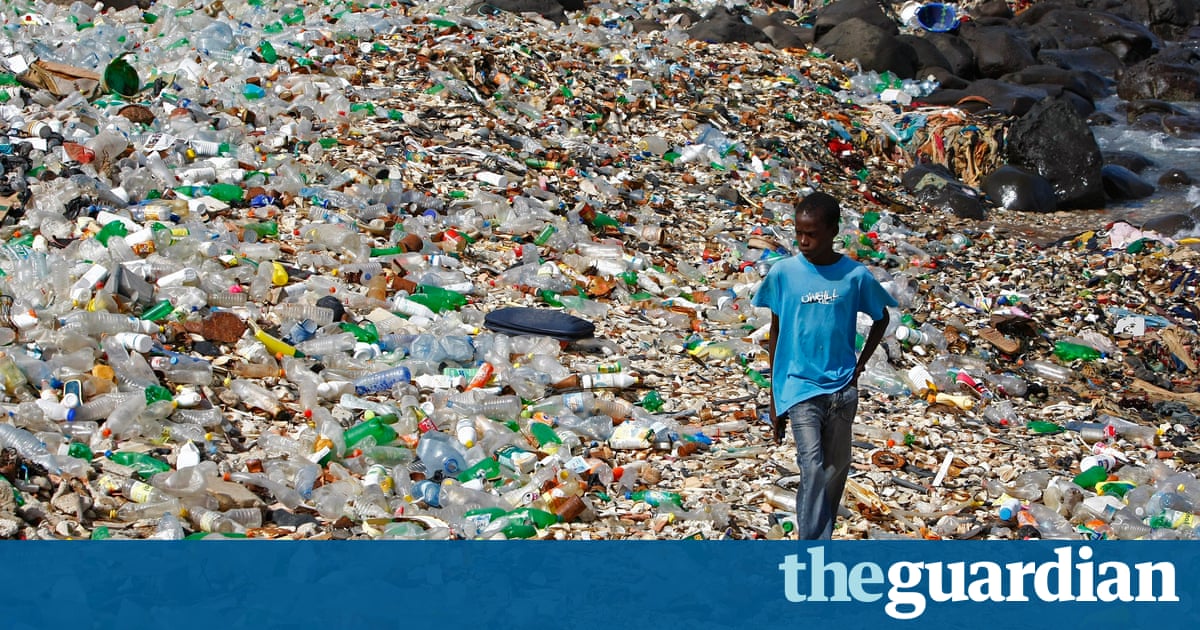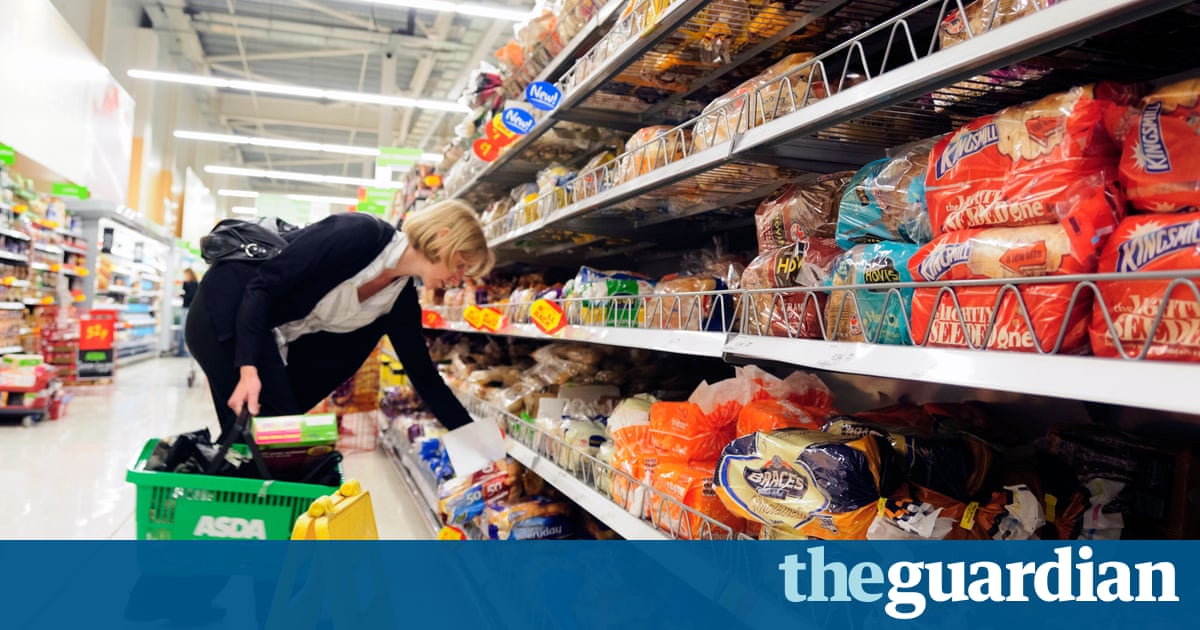As long ago as 2015, an Institute of Analytics whitepaper on the Internet of Things recognised that its architecture offered ‘the technologies for transformative business applications’. Yet although the uptake has been high in the energy and manufacturing sectors, Jian Yang’s Silicon Valley smart fridge is probably as close as most of us have come to seeing these technologies in our homes.
And it’s not hard to see why. The caricature of a fridge with irritating banter represents the comedic side of a real concern with the encroachment of technologies and companies into our homes. Yet with proper management and minimal interfaces, the IoT offers unparalleled opportunities for waste reduction, and for streamlining busy lives. Iot is the future, but offers real challenges around consumer confidence and identifying genuine need.
As Jason Mann, Director of Industry Product Management at SAS has said, ‘the essence of IoT resides in the source of the data, which are the sensors. Those smart devices generate data about activities, events, and influencing factors that provide visibility into performance and support decision processes across a variety of industries and consumer channels.’ When properly developed and deployed, these sensors assess use of consumer products, and offer supply and delivery solutions which eliminate waste and extraneous packaging. When it comes to combating the plastic epidemic, these technologies offer real solutions, but must be installed at the point of need, preferably without a chatty robot voice.
See the white paper here: https://www.sas.com/en_au/whitepapers/iia-internet-of-things-108110.html
